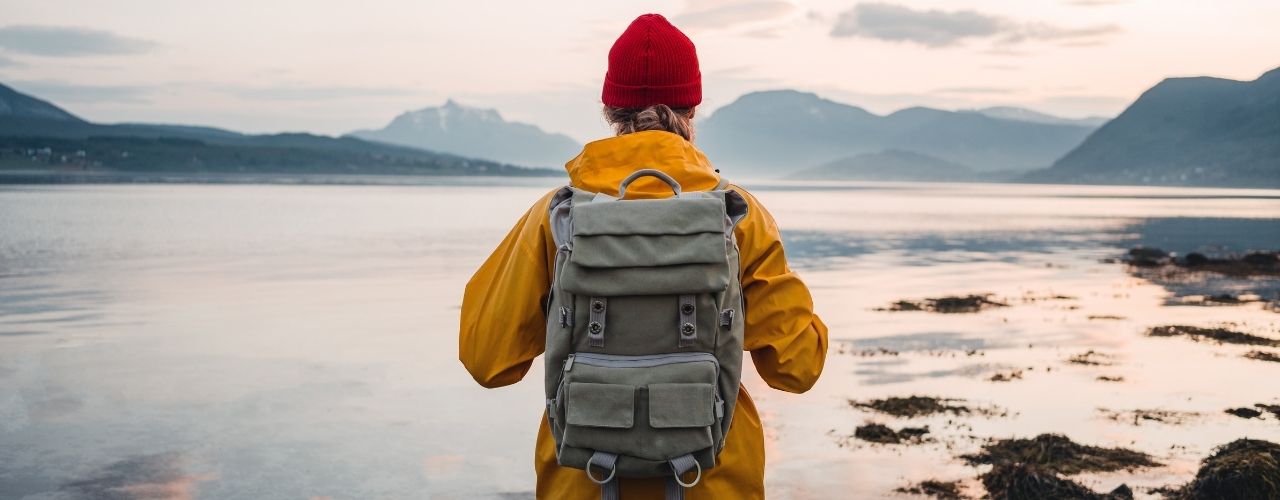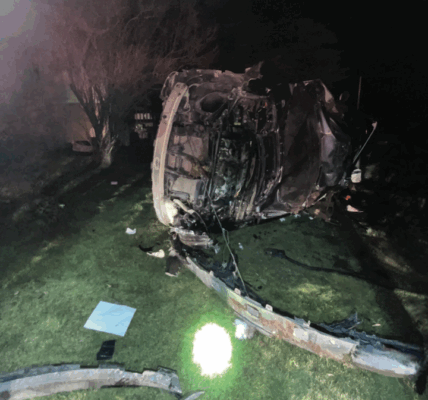One of the perks of living in the big-sky country of the intermountain West is that we’re surrounded by some of the most stunning natural scenery in America. City dwellers from the West Coast, East Coast, and everywhere in between love to get away from it all and take in the sights of the great outdoors. Of course, being “away from it all” already, we locals know all the best locations—the ones even further off the beaten path. We know where to catch glimpses of untamed mountains, forests, and rivers that out-of-towners miss.
Witnessing the natural beauty of the West with our own two eyes isn’t always enough. One of the benefits of being here is that we can see that beauty through the viewfinder of a camera. Ansel Adams made his name synonymous with landscape photography by documenting the gorgeous landscapes of the American West. With some of our top tips for shooting landscape photography, who says you can’t publish a coffee-table book of your own featuring our local sights and scenes?
Use the Right Lens
The amazing picture quality we get from our latest-generation smartphone cameras has made some of us rather cavalier about the lasting necessity of a dedicated camera. However, if you’re trying to capture the true scope of the sky, the point-and-click photography that serves your selfies well enough will come up short. You want as much in your picture as possible. For this, turn to a wide-angle, or “fisheye” lens, which slightly distorts your photo while offering 180 marvelous degrees of image.
Keep Your ISO Speed Low and Your Aperture Small
The ISO speed of your camera determines its sensitivity to light. Raising your camera’s ISO speed allows you to photograph with limited illumination. Of course, there’s always a tradeoff—as ISO speed increases, so does image noise, which will detract from the clarity of the skies and rivers you photograph. When filming under the sun on a clear day, you want your ISO speed as low as 100 for maximum picture quality. A low ISO speed enables you to use a smaller aperture, letting as little light into the lens as possible and keeping the picture sharp. Remember that aperture numbers run in reverse, with f/1.4 being the widest and f/22 the smallest. Because you’re capturing stillness, don’t worry about a “fast” lens.
Time Your Photo Shoots: Go for the Gold
The Wyoming wild may look beautiful any time of day, but shooting in the “golden hour” is always among the top tips for shooting landscape photography. This magic moment—really much less than an hour—occurs an hour after sunrise and again just before sunset. The position of the sun cuts down on troublesome shadows and illuminates the scene without harsh light. Sunlight’s warmth at this time can create many stunning photographs.





